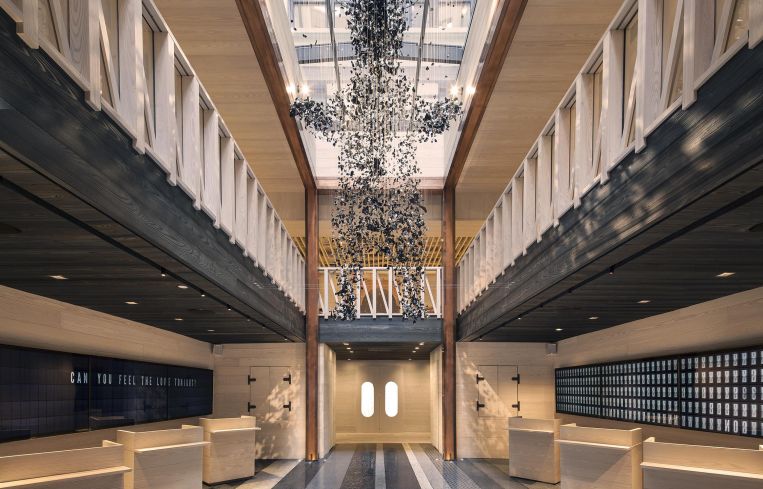US Hotel Room Revenue Climbs for 100th Straight Month: Data
By Nicholas Rizzi July 20, 2018 2:01 pm
reprints
The U.S. hotel industry continued 100 straight months of growth in room revenue due to macroeconomic conditions and the warm weather, according to a second-quarter report from STR.
“The industry continues to benefit from demand across the travel segments as well as favorable macroeconomic conditions,” Bobby Bowers, the senior vice president of operations for STR, said in a statement.
Revenues per available room, or RevPAR, increased by 4 percent at hotels nationwide in the second quarter to $91.94. Meanwhile, occupancy increased slightly nationwide—1.1 percent—to 70.2 percent year-over-year, while average room rates increased 2.9 percent to $131.02 a night, according to the data.
As the number of new rooms increased across the country by 2 percent, demand ticked up by 3.1 percent, helped in part by the summer, Bowers said.
“The start of summer provided an added demand boost for the major markets,” he said. “That influx of demand lifted hotelier pricing power, as [average day rate] growth was 70 basis points higher in the major markets even with significantly more new rooms available.”
In the 25 markets tracked by STR, San Francisco/San Mateo, Calif., showed the biggest growths with a 10.1 percent increase in RevPAR to $203.84 as a result of a 10.1 percent jump in average daily rate, or ADR, to $238.09. Bowers pointed to the reopening of a convention hall, the Moscone Center, as helping hoteliers in the city.
Manhattan—one of the most expensive hospitality markets in the country—continued to best the other markets in terms of occupancy, RevPAR and ADR year-over-year. Occupancy in the borough increased slightly by .5 percent to 90 percent while RevPAR increased by 4.2 percent to $246.24, according to STR. While room rates increased by 3.7 percent to $273.67, hoteliers across Manhattan still have not returned to 2014’s high of $292.46. Market observers have cited the popularity of Airbnb for driving down prices across the city, as Commercial Observer previously reported.
Houston had the most dramatic increase in occupancy rate, a 4.4 percent increase to 65.6 percent in the second quarter, while Miami/Hialeah, Fla., had strong growth in ADR (5.6 percent to $185.27) and RevPAR (7.7 percent to $143.22), according to STR.
Boston was the only market tracked by STR to post decreases in the second quarter caused by too many new guest rooms being built in the city, STR said. The increased supply led to a 1.2 percent decrease in RevPAR to $173.04, a 1.1 percent dip in occupancy to 80.3 percent and a .1 percent decline in ADR to $215.61, the data shows.



